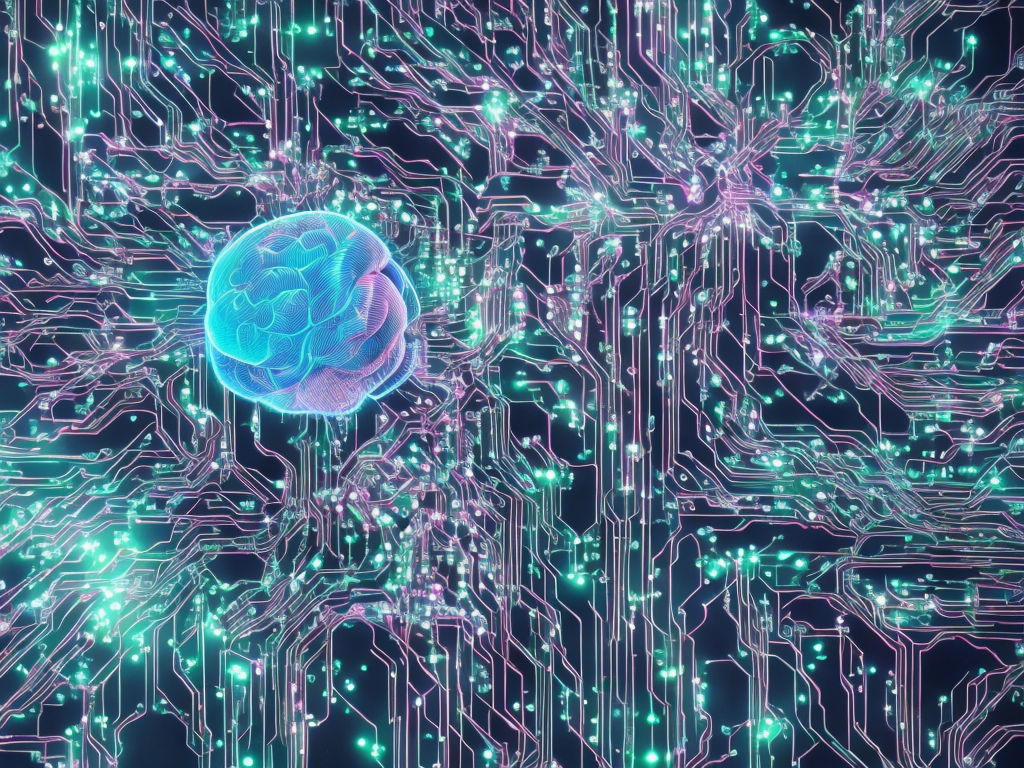
Artificial Intelligence (AI) and Machine Learning (ML) are two terms that often get thrown around in conversations about technology and the future. While they are related concepts, there are significant differences between AI and ML that are worth exploring.
AI is a broad field that encompasses the development of machines or systems that can perform tasks that would typically require human intelligence. The goal of AI is to create machines capable of simulating human intelligence, such as problem-solving, learning, perception, and decision-making. It aims to provide intelligent behavior in machines rather than just processing data.
On the other hand, ML is a subset of AI that focuses on the development of algorithms and models that allow computers to learn and make predictions or decisions based on patterns and data. ML involves training a model by feeding it a massive amount of data and allowing it to learn from that data, recognizing patterns and making predictions or taking actions based on that learning. ML algorithms can continuously improve their performance by learning from new data and adjusting their parameters.
One of the fundamental differences between AI and ML lies in their objectives. AI aims to create intelligent machines that can mimic or simulate human intelligence, whereas ML is primarily concerned with creating models or algorithms that can learn from data to make predictions or decisions. In other words, ML is a means through which AI can be achieved.
Another key difference between AI and ML lies in their approaches to problem-solving. AI often relies on diverse techniques like symbolic reasoning, logical decision-making, and expert systems. These techniques require explicit programming and predefined rules to guide the system's behavior. On the other hand, ML takes a more data-driven approach, where algorithms learn patterns and relationships from the data itself, without explicit programming. It allows the system to automatically adjust and improve its performance as it receives more data and experiences.
Additionally, AI is generally associated with broader capabilities and functionalities, while ML tends to focus on specific tasks or applications. AI systems can encompass a wide range of abilities, such as natural language processing, multimedia recognition, robotics, and more. ML algorithms, by contrast, are often used for more specific purposes, such as image recognition, speech recognition, spam filtering, or fraud detection.
Furthermore, the amount and nature of data play a significant role in the difference between AI and ML. AI systems often require vast amounts of structured data, pre-programmed rules, and knowledge repositories to operate effectively. These systems derive intelligence from data by applying predefined rules and algorithms. In contrast, ML algorithms are designed to learn from raw or unstructured data. They have the ability to recognize patterns, extract features, and make predictions based on the data they have been trained on.
The concept of feedback loops is also an important aspect that sets AI and ML apart. AI systems typically focus more on human-machine interaction and feedback, as they aim to create machines with human-like intelligence that can reason, understand, and interact with humans in a meaningful way. ML, on the other hand, focuses on feedback loops within the learning process. By receiving feedback on predictions or actions, ML algorithms can iteratively improve their performance and accuracy.
It is also worth noting that AI and ML often go hand in hand in practical applications. ML algorithms are frequently used in AI systems to enable learning from data and make intelligent decisions. AI can encompass ML algorithms as a component but can also include additional techniques and approaches beyond ML.
In conclusion, AI and ML are related but distinct concepts. AI focuses on creating machines or systems that can simulate human intelligence and perform tasks that would typically require human involvement. ML, on the other hand, is a subset of AI that focuses on developing algorithms and models that enable machines to learn from data and make predictions or decisions. While AI aims to create overall intelligence, ML algorithms form the core of AI systems, allowing them to learn and improve their performance over time. Both AI and ML have significant implications for various fields, including healthcare, finance, transportation, and entertainment, and their potential continues to expand as technology advances.
 Self-Instruct
Self-Instruct